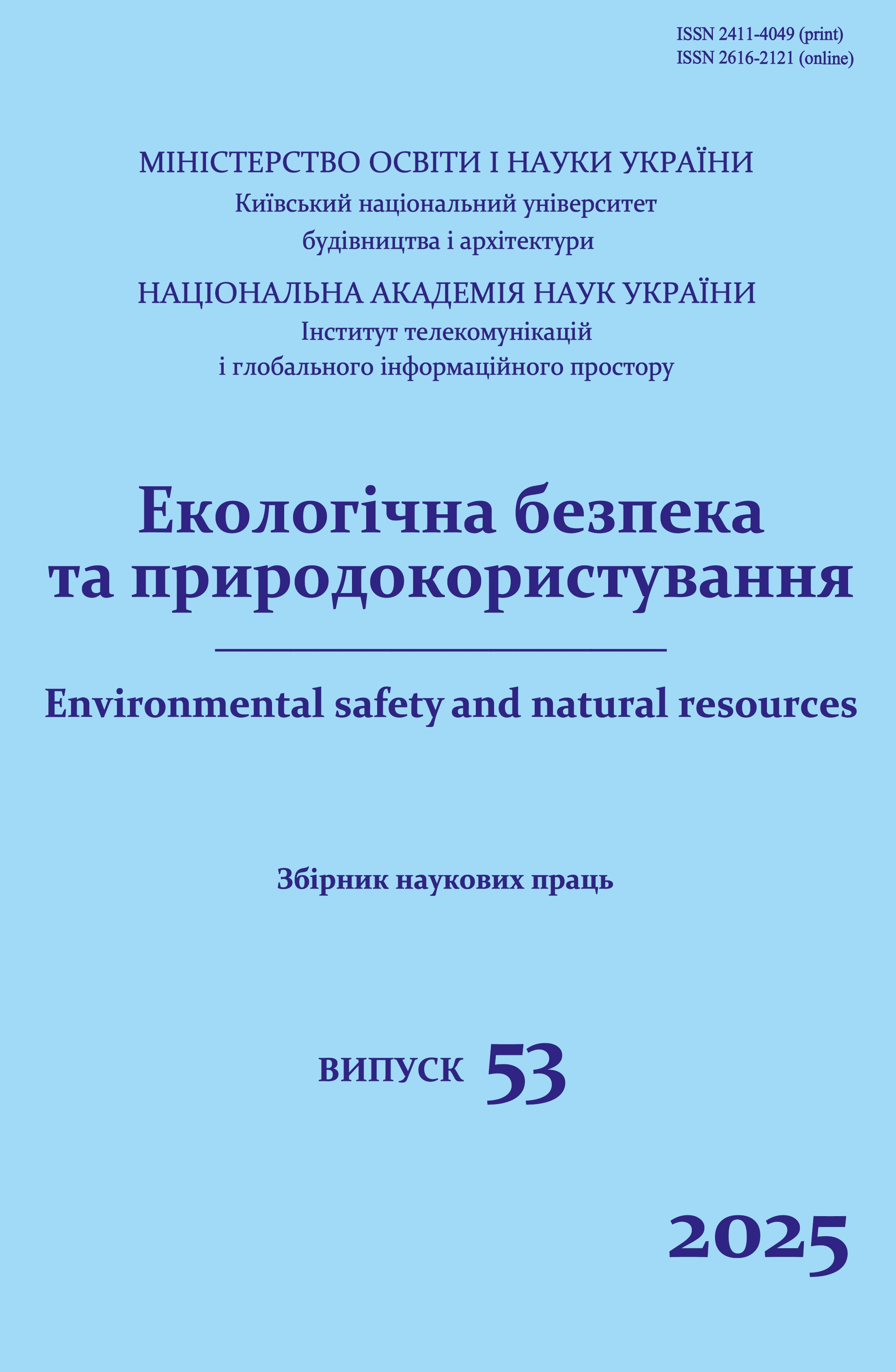Diversification strategies of energy supply risks for multi-story residential buildings in war conditions
DOI:
https://doi.org/10.32347/2411-4049.2025.1.7-21Keywords:
energy supply, high-rise buildings, diversification, renewable energy, batteries, flexible generationAbstract
Targeted large-scale attacks on Ukraine’s energy infrastructure have led to massive outages and increased the risk of power supply. The total damage to facilities that provide electricity generation, transmission, and distribution is estimated at $8 billion. High-rise residential urban buildings have become particularly vulnerable, where prolonged power outages can have catastrophic consequences. Powering high-rise residential buildings in wartime is achieved by combining various risk diversification strategies that take into account periodic power outages, the possibility of using alternative sources, and the installation of energy storage systems. The use of renewable energy sources for local generation ensures power supply during outages and reduces dependence on the centralized power system, but the specific technical requirements and operating parameters of heat pumps, wind turbines, and solar panels significantly limit their use in dense urban areas. Installing solar photovoltaic panels in multi-storey city buildings does not completely solve the problem of energy supply in winter, when their efficiency can drop to 10%, however, during summer power outages, solar energy can provide certain energy needs of residents of residential complexes. To stabilize the power system in extreme war conditions, it is advisable to locally apply maneuverable gas generation by implementing balancing technologies with a large range of regulation of various loads and use pickers for emergency situations. One of the key technical requirements for generating units is their ability to start/stop at least 4 times a day and reach maximum power within 15 minutes from the moment of switching on. Integration of centralized power supply, renewable energy sources, pickers and balancers is possible under the conditions of using energy storage systems that ensure stability and reliability of supply and allow for effective management of energy resources. The use of demand management technologies with intelligent control allows for optimal use of available energy, avoiding peak loads, reducing electricity costs, and increasing energy independence and reliability of energy supply for multi-apartment residential buildings. Decentralization is formed at the generation level with the strengthening of the balancing segment to ensure the agility of the Ukrainian power system, i.e. increasing the ability to produce as much electricity as consumers need at a given moment.
References
Ukraine Recovery Window. (2024, December 12). https://recovery.win. (in Ukrainian).
Decentralized generation as an opportunity to strengthen and renew the Ukrainian energy system. (2024, December 12). https://rehouse.org.ua/counsellor/detsentralizovana-heneratsiya-yak-mozhlyvist-zmitsnennya-ta-onovlennya-ukrayinskoyi. (in Ukrainian).
Legislation of Ukraine. Official web portal of the Parliament of Ukraine. (2024, December 12). https://zakon.rada.gov.ua/laws. (in Ukrainian).
Report of the Energy Community Secretariat Ukraine. (2024, December 12). https://energy-community.org/news/Energy-Community-News/2020/12/02.html. (in Ukrainian).
About energy efficiency of buildings. (2024, December 12). https://ips.ligazakon.net/document/T172118?an=1&ed=2020_12_01. (in Ukrainian).
Ukrainian energy. (2024, December 12). https://ua-energy.org/. (in Ukrainian).
Ukrenergo. (2024, December 12). https://ua.energy/. (in Ukrainian).
Energy Efficiency Fund. (2024, December 12). https://eefund.org.ua/. (in Ukrainian).
Ali, A.O., Elmarghany, M.R., Abdelsalam, M.M., Sabry, M.N., Hamed, A.M. (2022). Closed-loop home energy management system with renewable energy sources in a smart grid: A comprehensive review. Journal of Energy Storage, 50, 104609.
BloombergNEF. (2024, December 12). https://about.bnef.com/.
Cook, N., Taylor, E.J. (2023). Assembling imperceptibility: The material, financial and policy dimensions of combustible cladding in residential high-rise. Housing, Theory and Society, 40(1), 113-129.
Gas to Power Journal (2024, December 12). https://gastopowerjournal.com/.
Hussein, I., Ilinca, A., Perron, J. (2008). Energy storage systems – Characteristics and comparisons. Renewable and sustainable energy reviews, 12.5, 1221-1250.
International Energy Analysis (IEA). (2024, December 12). https://www.iea.org/commentaries/battery-storage-is-almost-ready-to-play-the-flexibility-game.
International Renewable Energy Agency (IRENA). (2024, December 12). https://www.irena.org/.
Kadrić, D., Aganovic, A., Martinović, S., Delalić, N., Delalić-Gurda, B. (2022). Cost-related analysis of implementing energy-efficient retrofit measures in the residential building sector of a middle-income country – A case study of Bosnia and Herzegovina. Energy and Buildings, 257, 111765.
Mitali, J., Dhinakaran, S., Mohamad, A.A. (2022). Energy storage systems: A review. Energy Storage and Saving, 1.3, 166-216.
Olabi, A.G. (2017). Renewable energy and energy storage systems. Energy, 136, 1-6.
Stopps, H., Thorneycroft, C., Touchie, M. F., Zimmermann, N., Hamilton, I., Kesik, T. (2021). High-rise residential building makeovers: Improving renovation quality in the United Kingdom and Canada through systemic analysis. Energy Research & Social Science, 77, 102085.
Zhou, Y. (2023). Climate change adaptation with energy resilience in energy districts – A state-of-the-art review. Energy and Buildings, 279, 112649.
Downloads
Published
How to Cite
Issue
Section
License
Copyright (c) 2025 Tetiana Kryvomaz, Roman Hamotskyi, Artem Tsyba

This work is licensed under a Creative Commons Attribution 4.0 International License.
The journal «Environmental safety and natural resources» works under Creative Commons Attribution 4.0 International (CC BY 4.0).
The licensing policy is compatible with the overwhelming majority of open access and archiving policies.

